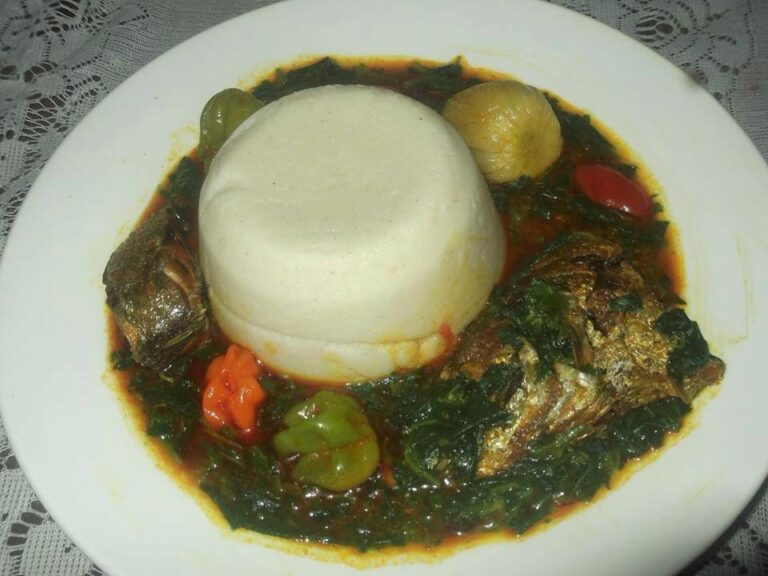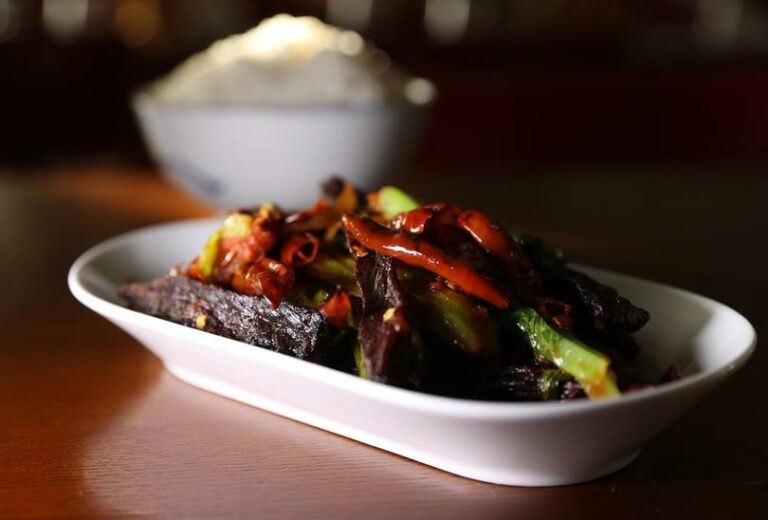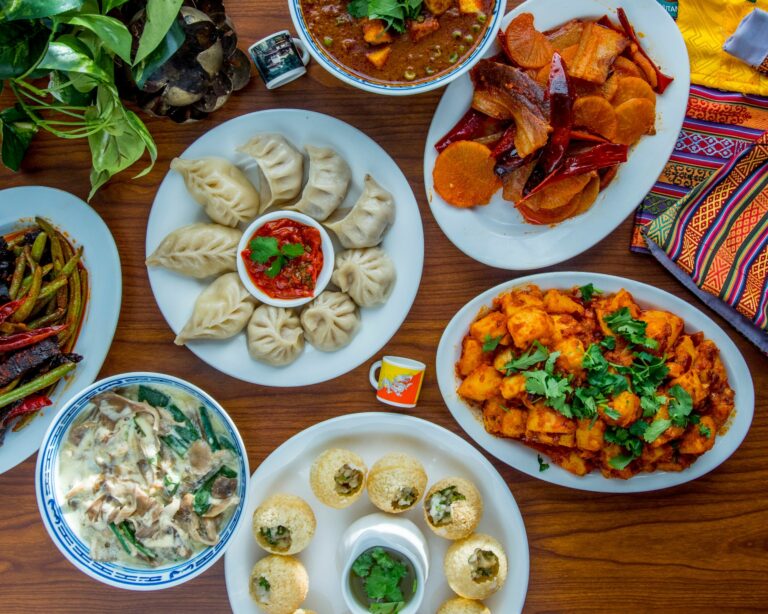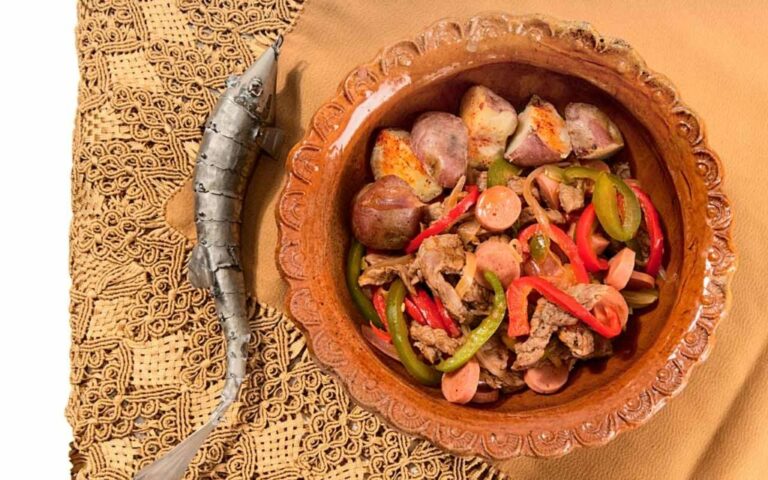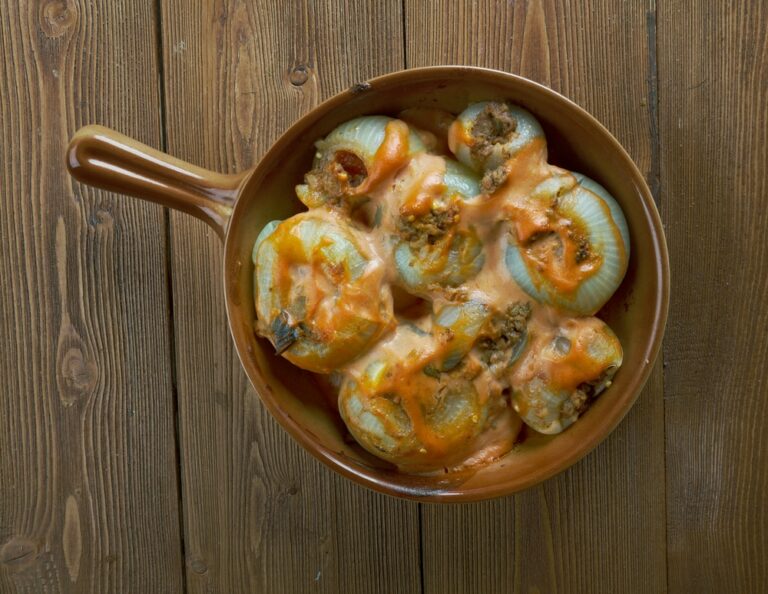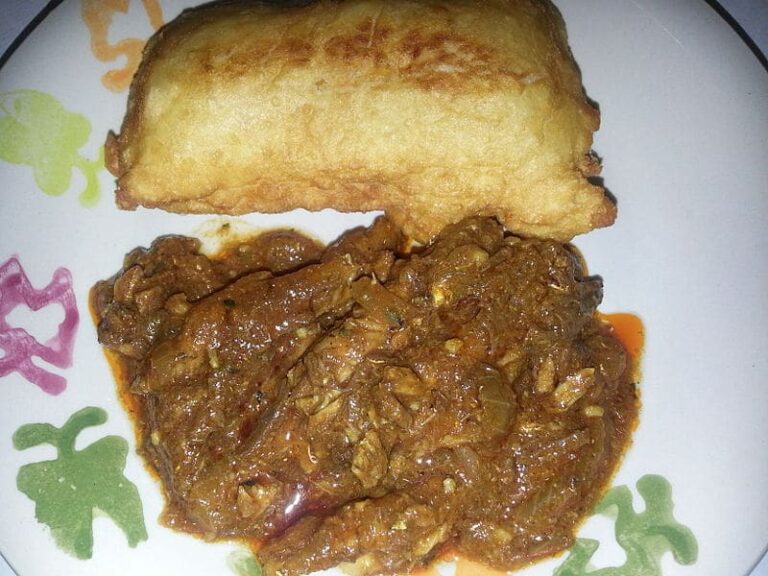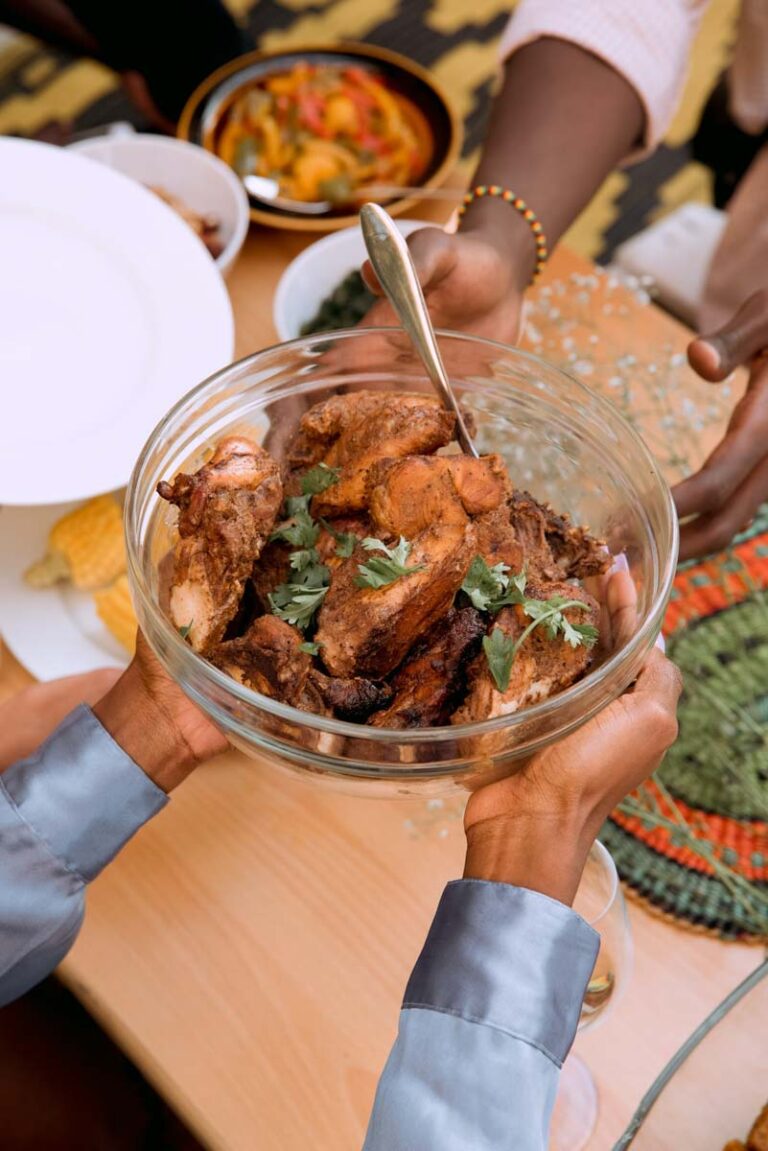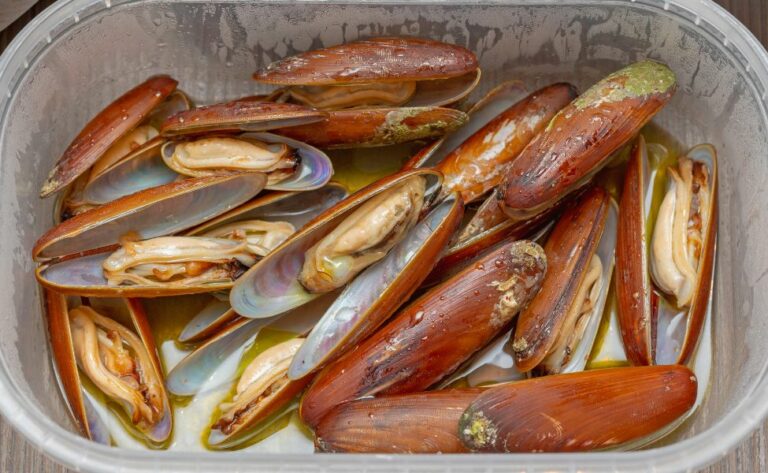Introduction: Beninese cuisine and local ingredients
Benin, located in West Africa, is a country of diverse cultures and traditions. Its cuisine reflects this diversity, blending influences from various ethnic groups. Beninese cuisine is known for its use of fresh, locally sourced ingredients that give its dishes a unique flavor. The country’s tropical climate allows for the cultivation of a variety of crops, which form the basis of many Beninese dishes.
Delicious dishes made with yams
Yams are a staple food in Benin and feature prominently in many dishes. One popular dish is “foutou,” which is made by pounding boiled yams with plantains until they form a dough-like consistency. Foutou is usually served with a soup or stew made from vegetables, meat, or fish. Another yam-based dish is “akassa,” which is a type of porridge made from fermented yam flour. It is often eaten as a breakfast food or snack and is usually served with a spicy sauce made from tomatoes, onions, and chili peppers.
Tasty soups and stews with palm oil
Palm oil is a widely used ingredient in Beninese cuisine and is often used to prepare soups and stews. One popular dish is “gbaoui,” which is a soup made from palm oil, okra, and fish or meat. Another dish is “ademe,” which is a stew made from palm oil, beans, and vegetables such as eggplant, pumpkin, and spinach. Palm oil is also used to make a spicy sauce called “sauce graine,” which is made from ground melon seeds and is often served with grilled fish or meat.
Fish-based dishes with local catches
Benin is situated on the coast of West Africa and has a thriving fishing industry. Fish is a popular ingredient in Beninese cuisine, and there are many dishes that feature local catches. One such dish is “poisson braisé,” which is grilled fish served with a spicy sauce made from tomatoes, onions, and chili peppers. Another popular dish is “saka saka,” which is a stew made from smoked fish and vegetables such as spinach, cassava leaves, and okra.
Spices and herbs used in Beninese cooking
Spices and herbs are an important part of Beninese cuisine and are used to add flavor and aroma to dishes. Some commonly used spices include ginger, garlic, chili peppers, and black pepper. Herbs such as basil, parsley, and thyme are also used to flavor dishes. One popular spice mix is “achiote,” which is made from ground annatto seeds and is used to give dishes a bright orange color and a slightly sweet and nutty flavor.
Rice-based meals with local vegetables
Rice is a staple food in Benin, and there are many dishes that feature it as a main ingredient. One popular rice-based dish is “riz gras,” which is a flavorful rice dish made with vegetables, meat, or fish. Another dish is “riz sauce,” which is a rice dish served with a tomato-based sauce made from meat, fish, or vegetables. Local vegetables such as eggplant, okra, and pumpkin are often used in these dishes, giving them a distinct flavor.
Snacks and street food made with local ingredients
Benin has a rich street food culture, and there are many snacks and finger foods that are made using local ingredients. One popular snack is “akara,” which is a deep-fried fritter made from black-eyed peas. “Pate,” a type of cornmeal porridge, is also a popular snack and is often eaten with a spicy sauce. “Suya,” which is grilled meat skewers marinated in a spicy peanut sauce, is a popular street food that originated in Nigeria but is also popular in Benin.
Popular drinks from Benin’s local produce
Benin has a variety of fruits that are used to make refreshing drinks. One popular drink is “bissap,” which is made from the hibiscus flower and has a tart, cranberry-like flavor. Another drink is “tchakpalo,” which is made from fermented millet and is often served during traditional ceremonies. “Gnamankoudji,” a drink made from the leaves of the baobab tree, is also popular and is said to have medicinal properties. In addition to these traditional drinks, Benin’s larger cities also have a growing café culture, with coffee and tea shops serving up locally sourced blends.
In conclusion, Beninese cuisine is a rich and diverse culinary tradition that draws from the country’s abundant supply of fresh, locally sourced ingredients. From yams and palm oil to fish and spices, Benin’s cuisine is a celebration of its culture, history, and geography. Whether enjoyed at home or on the streets, Beninese dishes are sure to delight the palate and offer a glimpse into the country’s vibrant culinary scene.


